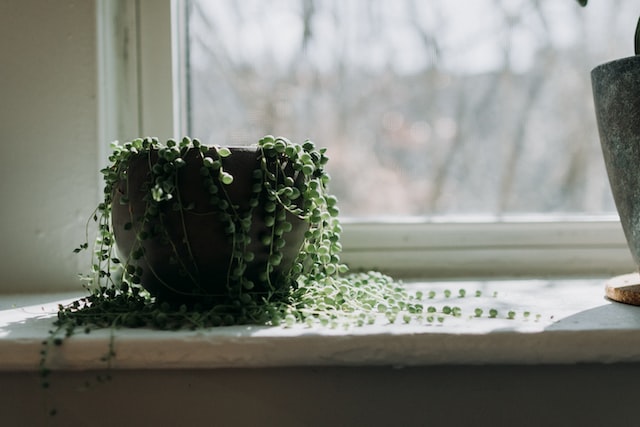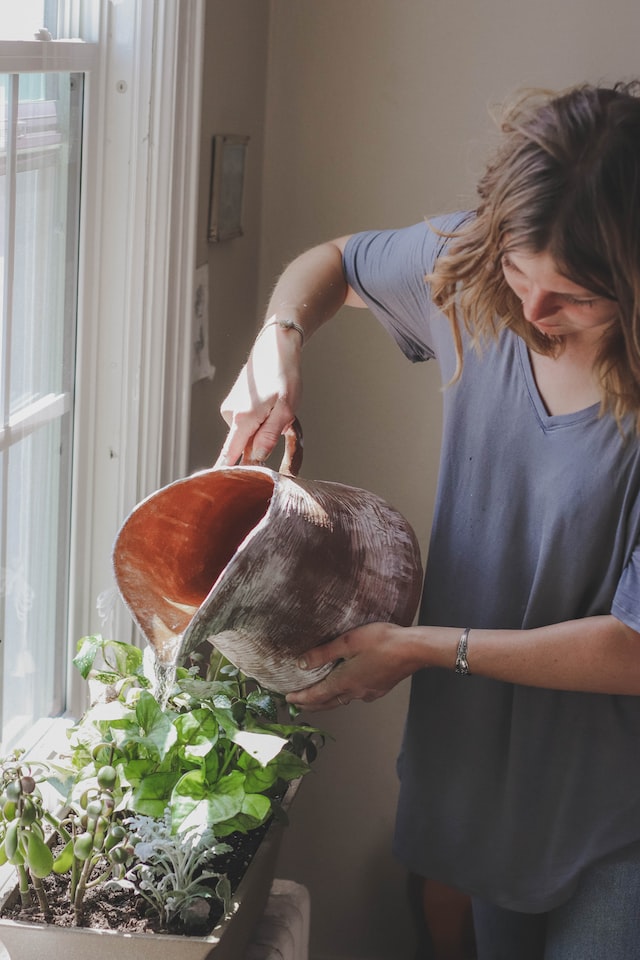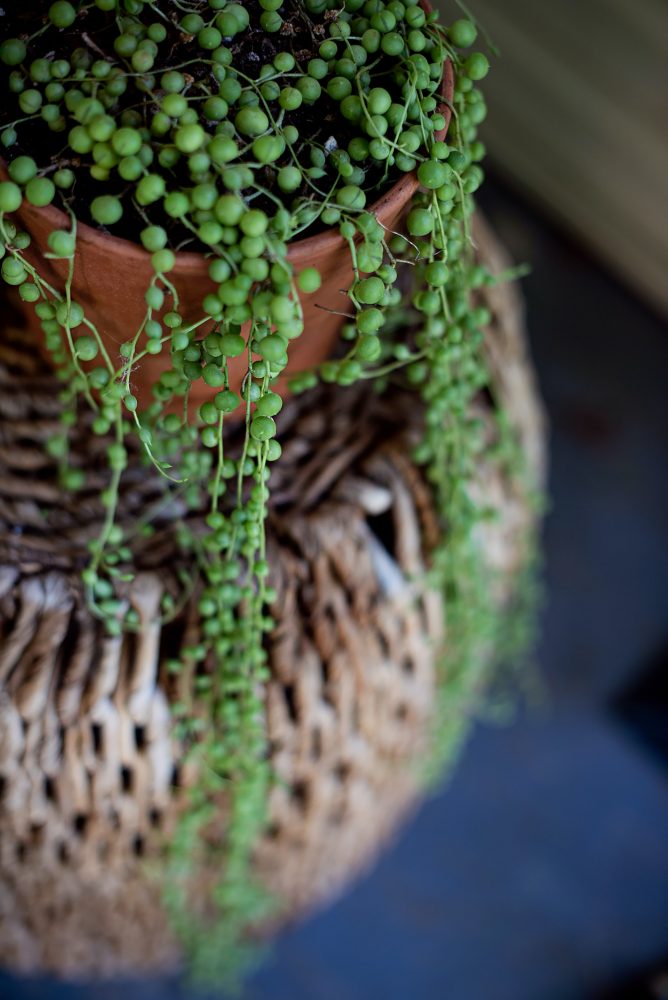Whether you have a string of pearls plant on your porch or you are looking for ways to keep a string of pearls alive, it is important to know how often to water them. Watering them too much or too little can lead to brown leaves and a string of pearls that looks stringy instead of healthy. Getting the right amount of sunlight and soil is also important to having a healthy string of pearls.
Bottom watering vs top watering
When watering your string of pearls, it’s important to know whether or not you should top or bottom water the plant. While there are many advantages to top watering, there are also a number of disadvantages.
Top watering, on the other hand, can help control pests. Plants that are consistently watered at the right time will be healthier. However, they’ll likely need more than a few waterings to reach their full potential.
The most obvious reason to top water is to prevent root rot. This can occur when the soil becomes too damp and remains so for a long period of time. It can result in yellowing leaves, stunted growth and even rotten bases.
On the other hand, bottom watering may be better suited for some plants. These include snake plants, cacti, African violets and Sedum.

Soil is important for string of pearls
If you have a string of pearls plant, you might be wondering how to care for it. It is easy to grow these succulents, but you must understand their unique requirements. They are a great plant for hanging pots or even ground covers. However, they do require a good amount of care to keep them healthy.
First, it’s important to know that these plants do not tolerate frost. They need to be placed indoors in winter. Also, they need to be in bright indirect light to grow.
You will also need to ensure that the soil is dry and well-draining. The string of pearls should be watered only when the top half-inch of soil is dry. Overwatering can cause the plant to rot.
Proper sunlight causes string of pearls to look stringy
The string of pearls (Senecio rowleyanus) is a flowering plant. It is a member of the Asteraceae family. This plant produces a cinnamon-like scent when exposed to sunlight.
If the temperature drops below freezing, the plant will die. However, if the temperatures are a bit warmer than normal, the plant will continue to thrive. When the weather is hot, the plant will require more water.
The string of pearls is an easy-to-maintain ground cover. The plant requires very little water during its dormancy period. Once the dormancy is over, the plant should be kept away from drafty areas.
String of pearls are not frost-tolerant. They prefer to grow in indirect light, such as near an east-facing window. These plants can grow to 3 feet long.
Overwatering causes brown leaves in a string of pearls
If your String of Pearls has brown leaves, you may be dealing with an overwatered plant. This is a common problem with this succulent plant. You should be watering your String of Pearls only when the soil appears to dry out. Then stop for a while.
Overwatering can be caused by a number of factors. Some are simply the result of poor air flow and drainage. Others can be attributed to pests and diseases. When these factors are combined, the result can be a rotting String of Pearls.
A rotting String of Pearls will exhibit symptoms such as Edema, wilting leaves, mold, and yellowing of the stems. In the case of a rotted String of Pearls, you should cut off the damaged parts and repot your plant.

Proper fertilization is optional for growing string of pearls
String of Pearls are fun to grow and are also very easy to care for. They can grow to three feet in length at maturity. However, there are a few things you need to know if you want to keep your string of pearls healthy.
The first thing you should do is to get rid of old and dead stems. These can easily rot if they are left in the pot. You can cut them off and plant the pieces in a new container. Another way is to remove the leaves from the cutting and let the root begin to grow out of the cutting.
You may also need to prune the string of pearls if it has leggy stems. This will help maintain its shape and keep the flower from becoming smaller.
